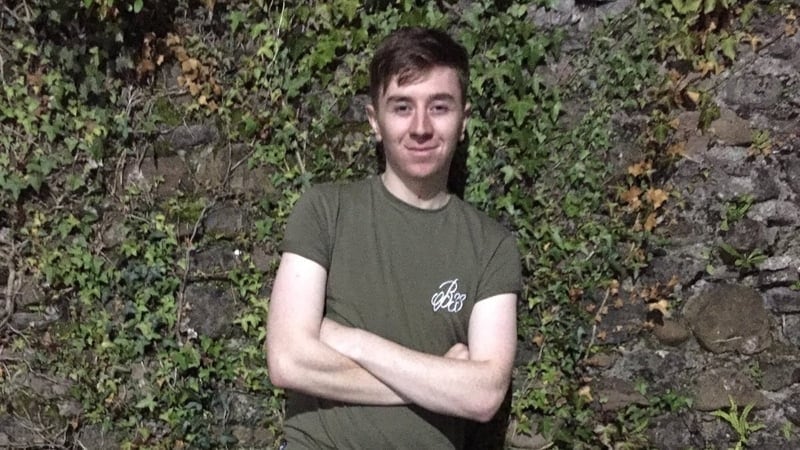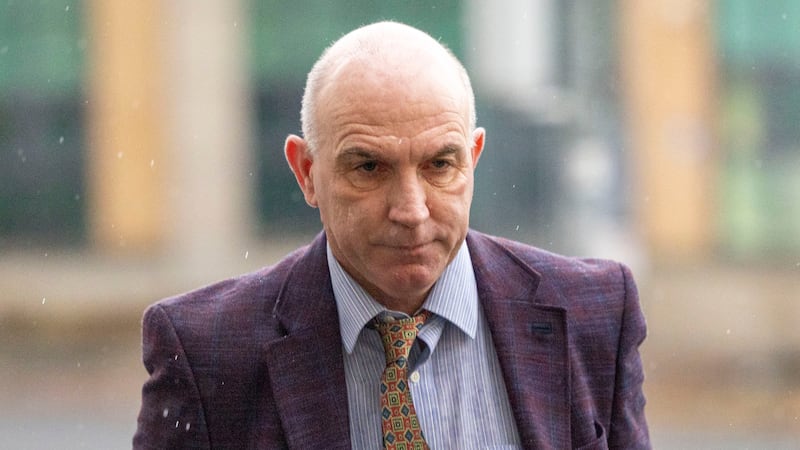Gardaí believe they have identified at least a dozen more suspects responsible for some of the most serious crimes during the Dublin riots in November, including destroying a Luas tram, buses and Garda cars in arson attacks.
News that some of those regarded as being at the apex of the offending on the day have been identified comes after two men were detained on suspicion of a series of crimes during the riots. The men, one aged 18 years and another in his 20s, were arrested in Dublin on Wednesday morning as a number of properties were also searched.
The two suspects are the first people detained in any follow-up operation after the November 23rd riots, though 34 arrests were made on the day of the disturbances, with 24 of those already having been charged before the courts.
One of the men arrested on Wednesday is suspected of being involved in an arson attack that destroyed a Garda car on Parnell Street in the north inner city. The other man was being questioned about his suspected involvement in violent disorder, affray, criminal damage and looting incidents. Gardaí believe he undertook a crime spree, captured on CCTV, under the cover of the disturbances.
RM Block
“This morning, two individuals were arrested by gardaí from DMR North Central in connection with incidents related to this investigation,” Garda Headquarters said in a brief statement on Wednesday relating to the “violent disorder and public order events” in the city centre.
“One male in his late 20s and another in his late teens were arrested in the Dublin city area. They are currently detained under Section 4 of the Criminal Justice Act, 1984, at a Garda station in the Dublin Region.”
Gardaí have been taking statements from all members of the force on duty on the day, with that evidence gathering having ramped up in recent weeks. Images of where the disturbance began, during daylight hours and involving a small group of people, have been closely studied as well as footage of the more serious incidents that later took place on the day and night to around midnight.
The investigation into the riots is being led by Chief Supt Patrick McMenamin with a detective inspector, commanding a team of four sergeants and 31 gardaí who are dedicated full time to the riot inquiry. The team is being assisted by a number of national units, including the Dublin Crime Response Team.
The quantity of CCTV footage being examined has ballooned in the two months since the riots as more video sources have been identified. Gardaí are now examining more than 20,000 hours of footage.
Assistant Commissioner for the Dublin region Angela Willis told a Dublin City Joint Policing Committee this week “the events of that evening are still very much the intense focus” of gardaí who were “working relentlessly” to bring the rioters to justice.
The trouble began at the crime scene cordon where children and their care worker had been targeted in a stabbing outside a school on Parnell Square East in the city centre at lunchtime on the day. When rumours began circulating that the suspect for the stabbing was a foreign national, far-right agitators gathered at the crime scene cordon, attempting to break through it.
That incident provoked clashes between those present and Public Order Unit gardaí, with the violence then spreading. Hundreds of other people, many believed by gardaí to be opportunists with no political ideology, then joined the violence.
Shops were looted while a Luas tram, buses and Garda vehicles were destroyed in arson attacks in one of the worst nights of violence the city had witnessed in the modern era.
Meanwhile, the five-year-old girl who was most seriously injured in a stabbing outside a school on Parnell Square is understood to have been readmitted to intensive care. The girl was one of three children attacked outside Coláiste Mhuire and suffered the most serious injuries. The other children, a boy and a girl, were discharged from hospital in November.
A care worker who was also stabbed in the attack spent more than a week in intensive care in the Mater hospital. She was then moved to a high-dependency unit and, later, to a regular ward. She was discharged from the hospital shortly before Christmas.
- Sign up for push alerts and have the best news, analysis and comment delivered directly to your phone
- Find The Irish Times on WhatsApp and stay up to date
- Our In The News podcast is now published daily – Find the latest episode here



















